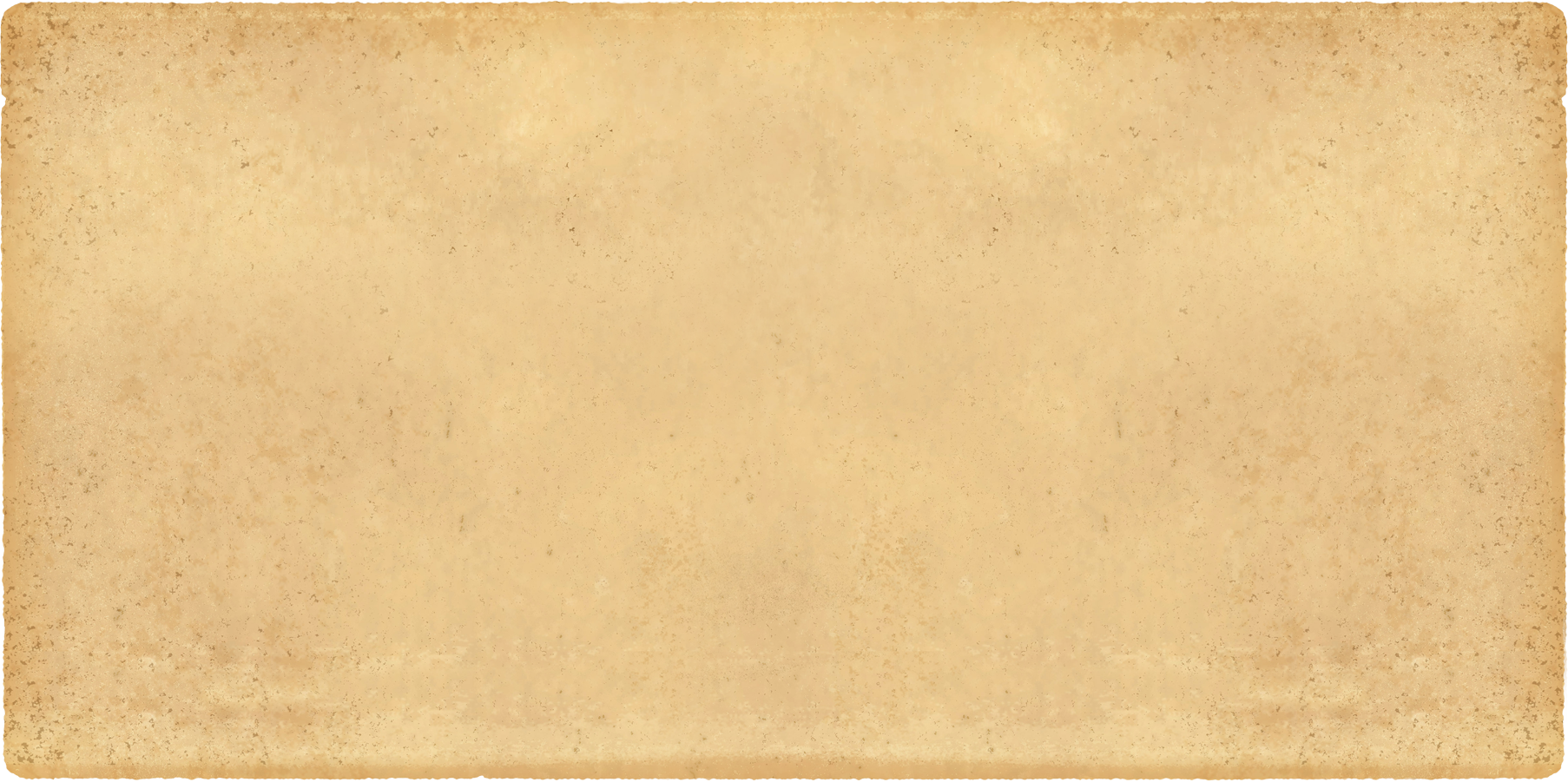



Greens (the Green Army, Green Rebels, Green Partisans, the Green Movement) is a generalized name for irregular armed formations that have become a way of self-organization of the peasantry to avoid mobilizations to opposing armies and protect local resources from requisitions during the Civil War. In a broader sense, Greens are the definition of a “third force” in the Civil War. Members of the Green detachments usually hid in the forests (hence the name). The name “Greens” had become an official term and got mentioned in the documents of management and record-keeping of both the Reds and the Whites.
On the White home front, Greens were the peasants who were hiding from forced mobilizations and united in partisan detachments. Some of these detachments fought in alliance with the Workers’ and Peasants’ Red Army and then joined it as regular units. Aleksander Kravchenko (commander-in-chief of the Peasant Steppe-Badzhee Partisan Army) and Pyotr Shchetinkin (commander of the North Achinsk Partisan Army) were the recognized leaders of the Red partisans in Siberia. However, most of the peasant armies fought against the Whites independently of the Bolsheviks. In July 1919, Grigory Rogov became the leader of the partisan peasant movement on the territory of Altai and Kuzbass and subsequently organized an anti-communist uprising in May 1920.
In the North Caucasus, Dagestan, the Crimea, and on the Black Sea coast of the Caucasus (with the Green detachments established by the Committee for the Liberation of the Black Sea governorate), the Green Movement against the Armed Forces of South Russia (AFSR) reached its peak by the middle of 1919 – the beginning of 1920.
The peasant insurgency in the southern and south-eastern regions of Ukraine was led by Nestor Makhno and Nikifor Grigoriev, whose rebel units were part of the Red Army for some time, but later opposed the Reds. Grigoriev became the leader of the largest anti-Soviet uprising in Ukraine (May 1919). In July 1919, Makhno and Grigoriev signed an alliance against “the Whites and the Reds”. Both proposed a different socialist alternative in tune with the interests of the peasantry—“Soviets without Communists”.
The emergency food policy (Prodrazvyorstka or Food Levy) and the fight against desertion carried out by the Bolsheviks caused a powerful peasant resistance to the Reds. One of the largest uprisings of the spring of 1919, which swept the Simbirsk governorate, was known as the Chapan War. 1920–1921 became the peak of a widespread insurgency since the policy of “war communism” in the Russian SFSR had reached a climax. That period was the time of the large-scale West Siberian and Tambov Uprisings.
The rebels were often led by those who held command positions in the Red Army: Aleksander Sapozhkov (in 1918–1920, one of the commanders of the Red Army, and in 1920, the commander of the rebel army called the “Army of Truth”), Grigory Maslakov (one of the founders of the 1st Cavalry Army), Ivan Kolesov (commander of a special regiment of the 1st Cavalry Army), and Kirill Vakulin (commander of the rifle division of the Red Army).
In 1922, due to the end of the main Civil War conflicts and the launch of the New Economic Policy (NEP) by the Soviet government, the number of Greens decreased, and the movement quickly declined as it no longer had the support of the local population who welcomed the NEP.
Greens


© 2021 The State Museum of Political History of Russia. All rights reserved. See Website Terms of Use on About Project page
